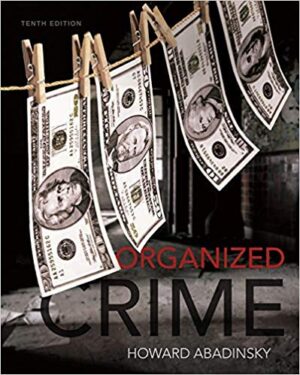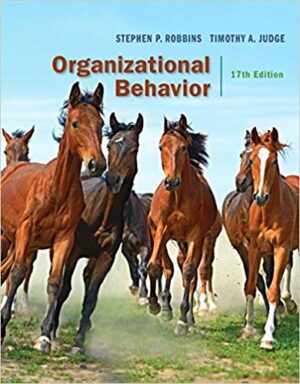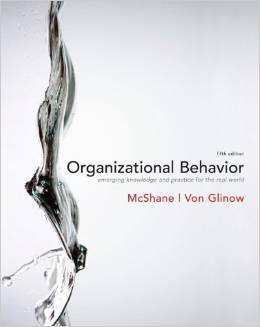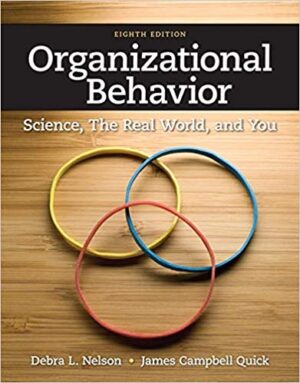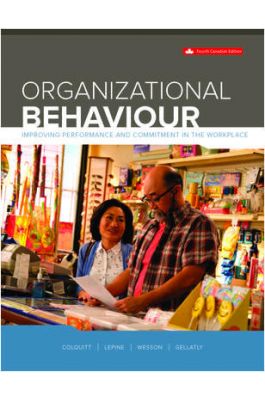Organizational Communication Approaches and Processes Enhanced 7th Edition By Katherine Miller – Test Bank
Do you need test banks fast? eTestBank.net is the best test bank website for you! Download your test bank right after you pay. No waiting!
Why eTestBank.net is Great:
✅ Instant Download:
Get your test bank right away after payment.
✅ Unlimited Downloads:
Download your test bank anytime and as many times as you want.
✅ 24/7 Live Help:
We are here to help you all day, every day.
✅ Guaranteed Delivery:
If you don’t get the download right away, we will send it to you in 3 to 6 hours.
How to Get Your Test Bank:
- Pick Your Test Bank: Choose from many test banks.
- Pay Safely: Pay securely on eTestBank.net.
- Download Instantly: Get your test bank immediately after payment.
- Download Anytime: Unlimited downloads whenever you need them.
Need Help? Contact Us:
📧 Email: [Support@etestbank.net]
📱 WhatsApp: [https://wa.me/message/MC222DLQ4GDXL1r]
Didn’t Get Your Download?
Don’t worry! If you don’t get the file right away, we’ll send it to you in 3 to 6 hours. Need it sooner? Contact us by email or WhatsApp.
💡 Buy now from eTestBank.net for instant downloads, unlimited access, and 24/7 support—get your test bank today!
CHAPTER 4
SYSTEMS AND CULTURAL APPROACHES
TEST ITEMS (corresponding text page number is listed for each item)
True/False Items
T 1. Equivocality is likely to be high in highly competitive business environments. (p. 69)
T 2. Deal and Kennedy argued that business success could be enhanced through the development of a “strong” culture. (p. 72)
F 3. Hierarchical ordering is a systems principle that implies that the functioning of one component of the system relies on other components of the system. (pp. 61-62)
F 4. Peters and Waterman, and Deal and Kennedy’s conceptualizations of culture are prescriptive. (p. 72)
T 5. According to Peters and Waterman, excellent organizations should avoid complex structures and divisions of labor. (pp. 72-74)
T 6. Ethnographers create mini-theories about an organization’s culture that are grounded in observations of a particular organization’s culture. (pp. 72-76)
T 7. A personnel director asking applicants to submit resumes in a particular format would be an example of an assembly rule that assists in sensemaking. (p. 69)
T 8. In alternative approaches to culture, organizational cultures are not thought of as unitary. (p. 75)
F 9. In Weick’s view of organizing, responding to highly equivocal information requires the use of assembly rules. (pp. 68-71)
T 10. According to the prescriptive approach to culture, successful companies can be identified in terms of their cultures. (p. 74)
F 11. Cultural performances are distinct from organizational history. (p. 75)
F 12. An isolate rarely, if ever, communicates or has relationships with other organizational members. (p. 67)
T13. Jerry studies organizational cultures and helps companies become excellent places to work. He believes that an organization’s success can be enhanced by developing a strong culture and sharing those key cultural elements to employees. Jerry utilizes the prescriptive approach to culture. (p. 72)
Multiple Choice Items
1. _____________ are usually described as being interactional, contextual, episodic, and improvisational.
a. The sites of culture
b. The “core” assumptions of culture
c.Cultural performances (*) (p. 75)
d. Schein’s three levels of culture
2. Three people were fired at ABC Corporation. Eugene was fired because he was incompetent. Rita was fired because she was unethical. Kayla was fired because of economic conditions. This illustrates the systems property of
a.equifinality. (*) (p. 64)
b. negative entropy.
c. feedback.
d. requisite variety.
3. Open systems are characterized by ____, or the ability to sustain themselves and grow.
a. participation
b.requisite variety
c. negative entropy(*) (p. 64)
- cultural diversity
4. Approaching organizational culture with the idea that there may be multiple manifestations of culture that are difficult to interpret represents which perspective of culture?
a.fragmentation (*) (pp. 76-78)
b.interactional
c. episodic
d.unitary
5. Weick proposes a ______ process in which rules and cycles are saved for future organizational use.
a. transformation
b. exchange
c. control
d.enactment
e. retention (*) (p. 69)
6. Michael is a sales representative who spends a great deal of time out on the road and infrequently communicates with the rest of his sales team. He is
a.a bridge.
b. a liaison.
c. an isolate. (*) (p. 67)
d. all of the above
e. a and b
7. Systems theory originated with the study of
a. organizations.
b. sociology.
c.biology. (*) (p. 61)
d. communication.
e. machine.
8. According to Weick, the primary goal of organizations is to
a. establish network roles.
b. gain feedback.
c. reduce uncertainty. (*) (p. 69)
d. ensure requisite variety.
9. The four key components of Deal and Kennedy’s “strong cultures” are
a. rites/rituals, heroes, the gangplank, and assumptions.
b. values, heroes, rites/rituals, and the cultural network. (*) (p. 72)
c. episodes, autonomy, stories, and rites/rituals.
d. artifacts, decision-making style, values, and network configuration
10. The themes identified by Peters and Waterman characterize excellent organizations as
a. spending significant time planning and analyzing.
b. incorporating complex structures to deal with divisions of labor.
c. having a unity of purpose and avoiding the complexities of innovation.
d. staying focused on what they do best and avoiding radical diversification. (*) (p.72)
11. Disney has a variety of cultural “markers” that can help explain its culture. For example, customers are called “guests,” rides are “attractions,” and the word “uniform” is taboo. What type of cultural markers do these examples illustrate?
-
- rites and rituals
- stories and communication rules
- rites, rituals, and ceremonies
- stories and metaphors
- and communication rules (*) (p. 74)



